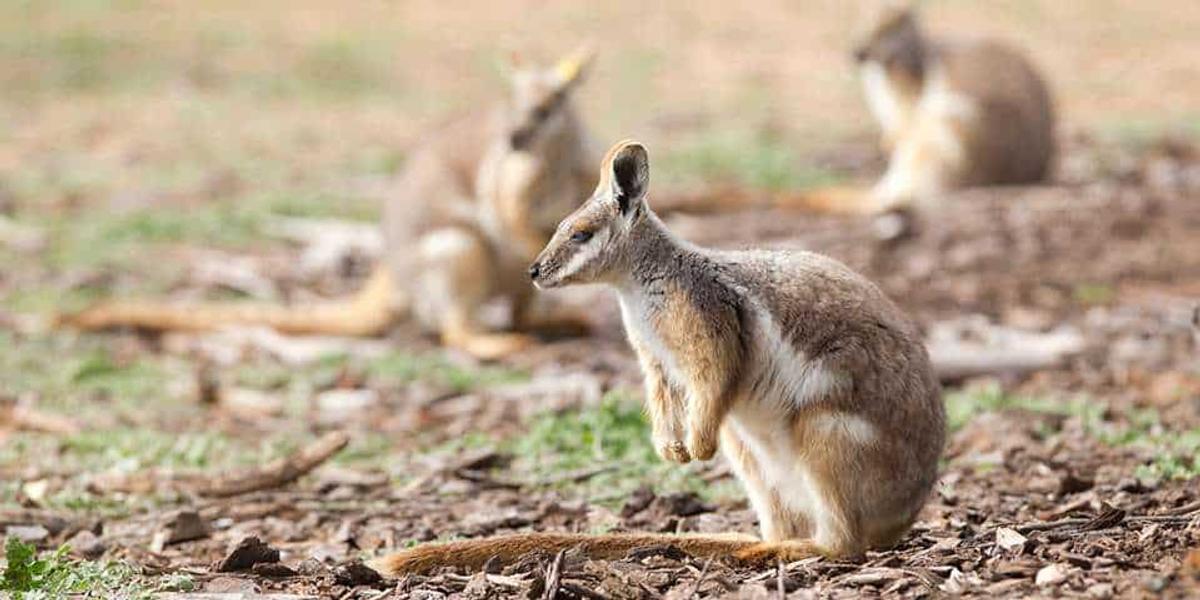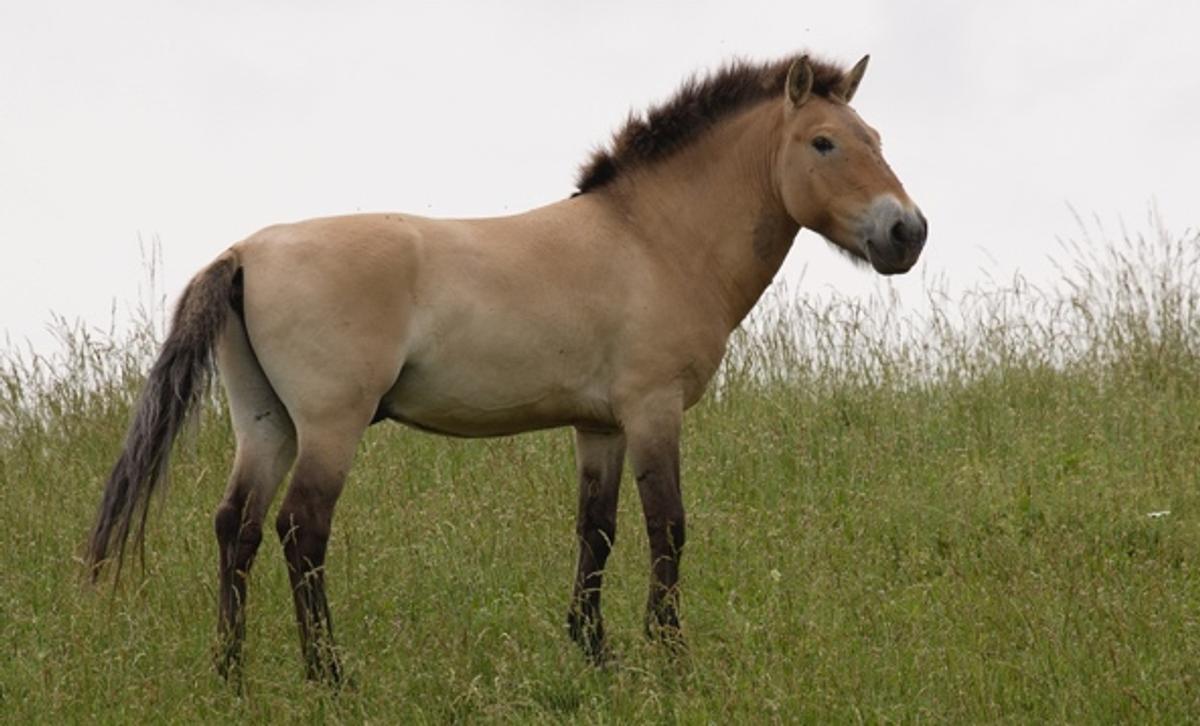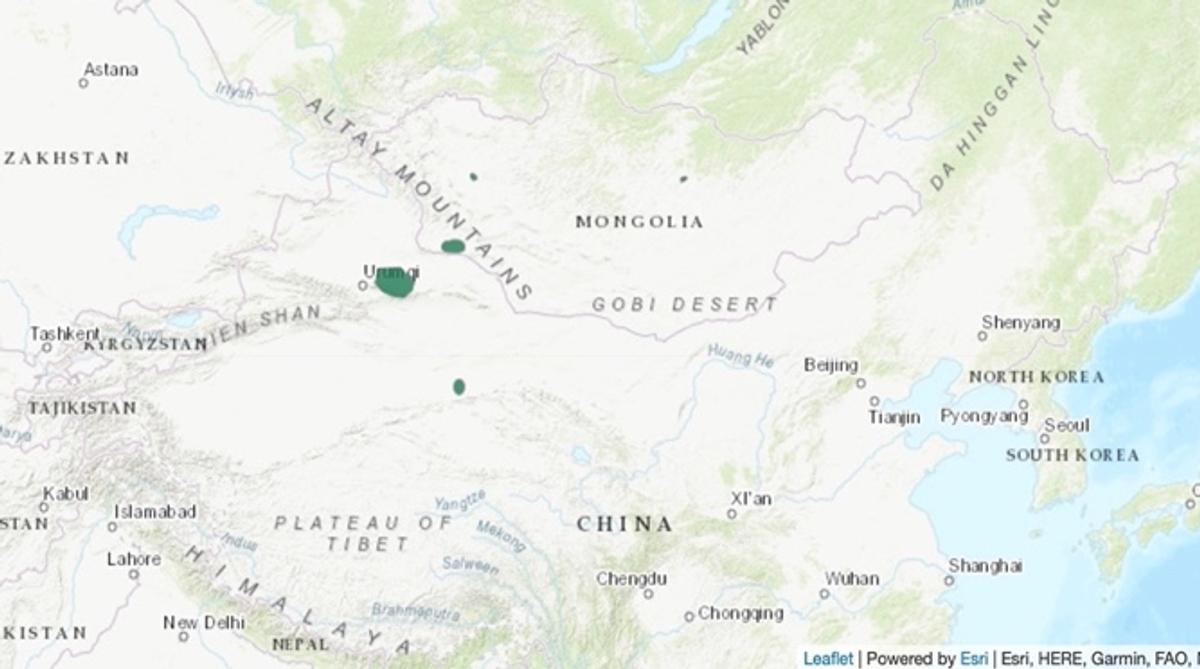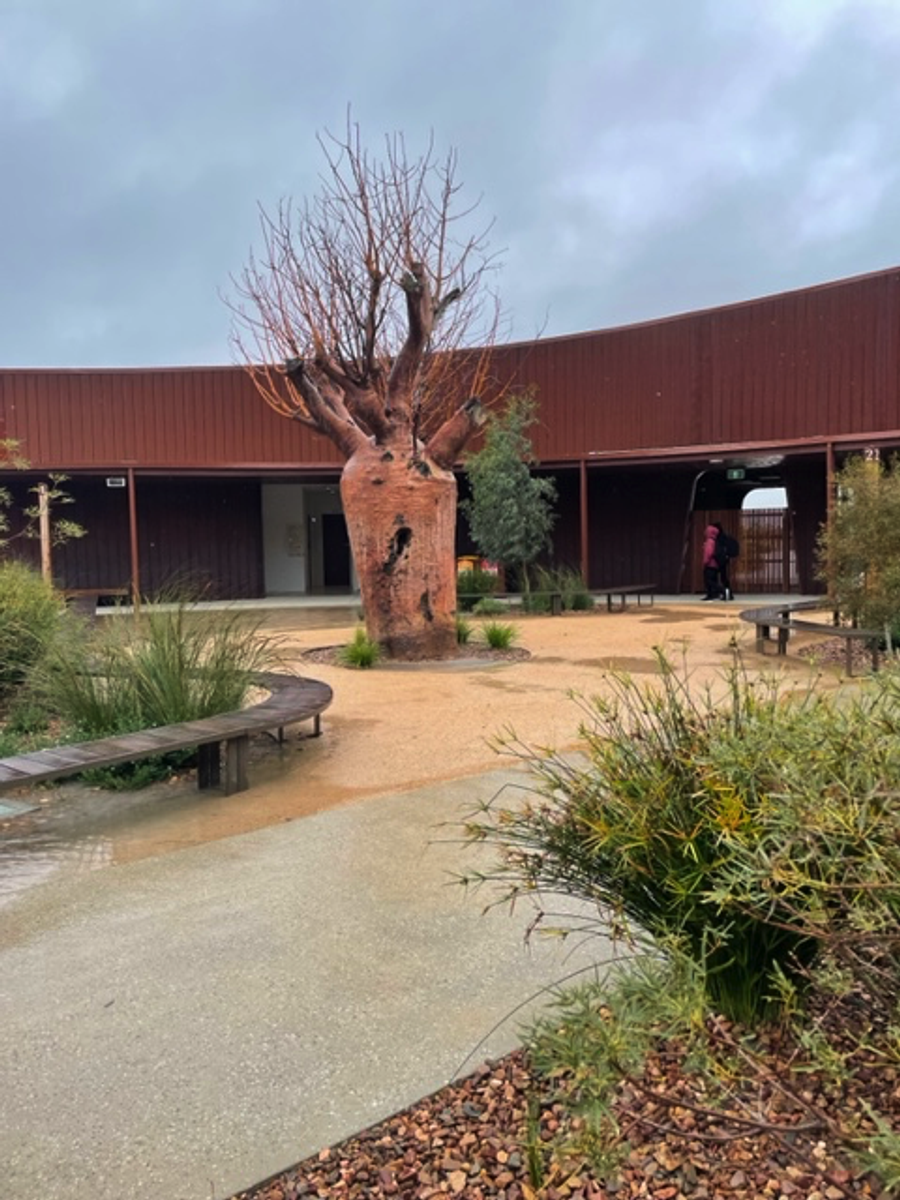Monarto Zoo
Students Noah Rose'Meyer & Xander Cubbin (IBDP ESS Students)

Monarto Zoo
Students Noah Rose'Meyer & Xander Cubbin (IBDP ESS Students)
Managing wildlife for tourism has been a difficult task to balance in Zoo’s around the world due to the vast amount of needs different species require for them to survive. However, Monarto Safari Park is a Conservation reserve operated by the non-profit charity organisation, Zoos SA, that seems to have unlocked the perfect balance between tourism and wildlife conservation.
Opening its doors to the public in 1993, close to a month after the world famous sci-fi “Jurassic Park” was released, Monarto Zoo has an almost Jurassic Park like tourism system, that suits its layout making sure to meet the demands for 500 animals by simulating their natural environments.


While Monarto’s focus is acting as a conservation reserve to develop ‘insurance populations’ for around 50 vulnerable exotic species mostly from Africa and Asia, it also serves as a critical ecosystem for native species such as yellow footed rock wallabies. Achievements such as the planting of over one million trees as a part of an effort to re-establish native vegetation that was cleared when this land was occupied by the European settler.


Zoo’s SA, also ensures that Monarto operates sustainably. It accomplishes this using two main practices. Firstly, the use of solar panels to generate electricity and operate gates. Secondly, they built a new visitor centre which was designed to achieve minimal energy requirements using passive cooling.
The bus tours provide up close investigations of live animals such as the Black Rhinoceros which is classed as Critically Endangered on the IUCN Red List due to substantial poaching of the species.
Another species is the Przewalski’s Horse, named after the Russian geographer, Nikolay Przhevalsky, or the Takhi in Mongolian, is an endangered species of horse that is native to Central Asia. Although once widespread throughout Europe and Asia, changes in competition due to humans and climate have pushed it into Central Asia. Up until recently they became extinct to the wild, now being put into ‘reintroduction’ sites in Mongolia, China, and Kazakhstan. There are thought to be only 178 mature individuals left in the wild.


These are the last remaining subspecies of horse as all other wild horses are feral domestic horses who have escaped from agricultural areas. This wild horse species was last found in the wild on steppes in the Gobi Desert located in Mongolia. The steppes found in the Gobi Desert is the last remaining native grasslands that have been unaltered by humans, making it prime habitat for these horses to be reintroduced into.


The impacts of climate change will greatly affect whether this species will become extinct. In Mongolia the extremes of winter and summer have been worsening in recent years. In the winter months temperatures of -38C˚ have been experienced, making it difficult for the horses to sustain their internal body temperatures. And then, during the dry summer months there have been devastating droughts which evaporate water supply, so horses die off from either dehydration or heat exhaustion.
This species was previously driven into extinction in the wild due to socio-political tensions between China and Russia in the 1950s. This tension led to an increase of troops stationed on the land the horse lived on thus they were hunted for food as this was sparsely available with the remoteness of the location. It is important that this species be preserved for multiple reasons. One is that these horses are grazers which help to keep balance in plant species, ensuring one does not dominate over others, revegetating areas via manure and providing food for the next trophic level.
Since the 1980s there have been active efforts in Mongolia to improve this species’ conservation status. In 1985 the UN published recommendations, as a part of its Environmental Programme, for the USSR, the then administrator of the land now known as Mongolia, to follow to ensure the species did not become completely extinct.
Even though it was not until 1990 when Mongolia became an independent state, all recommendations were finally adopted by the newly elected democratic government. Its main recommendation was to establish a free-range self-sustaining population which would receive protection but not to be confined to conservation range. From 1992 to 2000 there were 84 horses reintroduced into the Hustai National Park in Mongolia. Thanks to these conservation efforts there are now estimated to be over 2,000 individuals in captivity on top of the 178 individuals left in the wild.
Monarto is once again setting the tourism bar high as they plan to develop and complete ‘the safari dream’ by building a resort and glamping facilities within the 1,500 hectares to provide new animal experiences offered to guests. Over the last 30 years, many staff and volunteers have dedicated their expertise to promote conservation and education to the public about social environmental ideals, while expanding natural capital that makes Monarto safari park a true travel destination.

